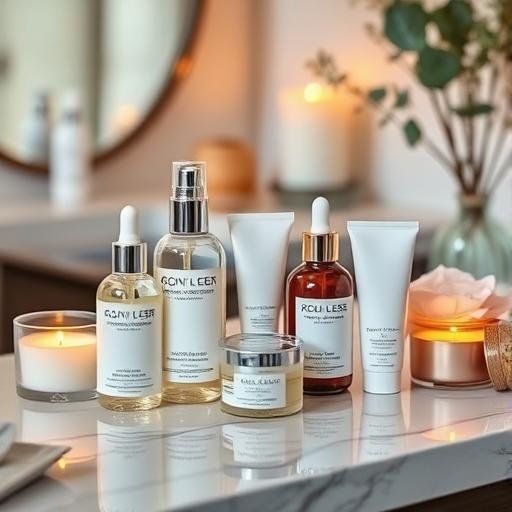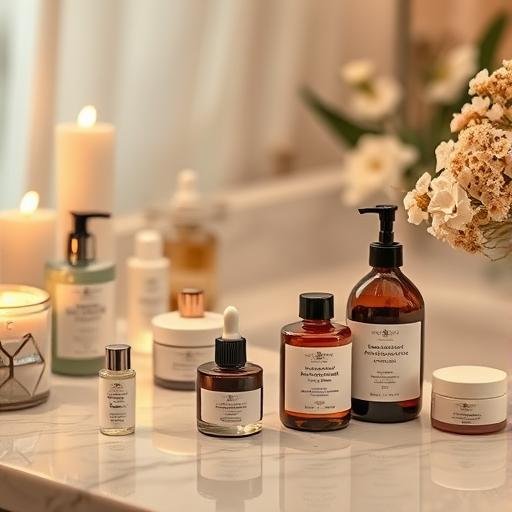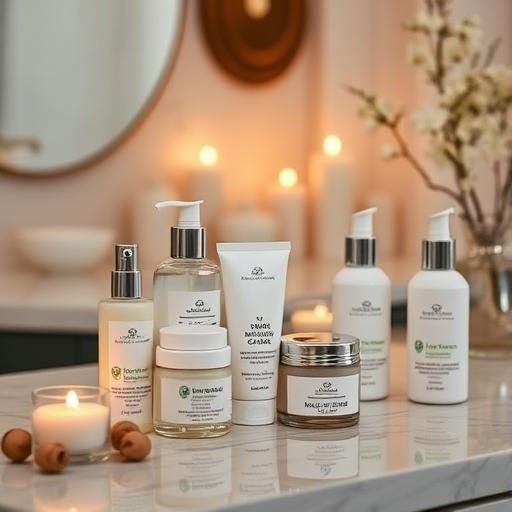
The Hidden Science of Skin pH: Why Your Cleanser Might Be Sabotaging Your Glow
Did you know your skin has its own “secret code” for staying healthy? It’s called pH balance—and the wrong cleanser could be throwing it off, leaving you with dryness, breakouts, or irritation. Here’s how to decode the science and rescue your glow—without ditching your favorite products.
What Is Skin pH, and Why Does It Matter?
Your skin’s pH is a measure of how acidic or alkaline it is, on a scale of 0 (very acidic) to 14 (very alkaline). Healthy skin sits at a slightly acidic 4.5–5.5, which helps:
- Protect against bacteria and pollution
- Lock in moisture by supporting your skin barrier
- Keep enzymes active for cell turnover and glow
When pH rises (becomes more alkaline), skin becomes vulnerable to dryness, sensitivity, and even acne.
The pH Problem with Cleansers
Many popular cleansers—especially foaming ones—have a pH of 7–9, disrupting your skin’s natural balance. Signs your cleanser is sabotaging you:
- Tight, “squeaky-clean” feeling after washing
- Sudden dryness or flakiness
- Increased breakouts or redness
How to Fix It Without Starting Over
1. Test Your Cleanser’s pH
Use pH strips (sold online) to check—ideal is 4.5–6. If yours is too high:
2. Adjust Your Routine—Not Your Product
Try these tweaks before swapping cleansers:
- Use lukewarm water (hot water strips oils, raising pH)
- Follow with a pH-balancing toner (look for ingredients like rosewater or lactic acid)
- Apply moisturizer to damp skin to seal in hydration
3. If You Switch, Look for These Keywords
“pH-balanced,” “gentle,” or “low-foaming.” Cream or gel cleansers often work best.
The Bottom Line
Skin pH isn’t just science jargon—it’s the foundation of a healthy glow. You don’t need a full routine overhaul; small, smart adjustments can restore balance. Pro tip: If your skin improves after switching to a pH-friendly cleanser, you’ve likely found your culprit!
Now you’re armed with the secrets your skin’s been whispering about all along. 🌟
“`
RELATED POSTS
View all


